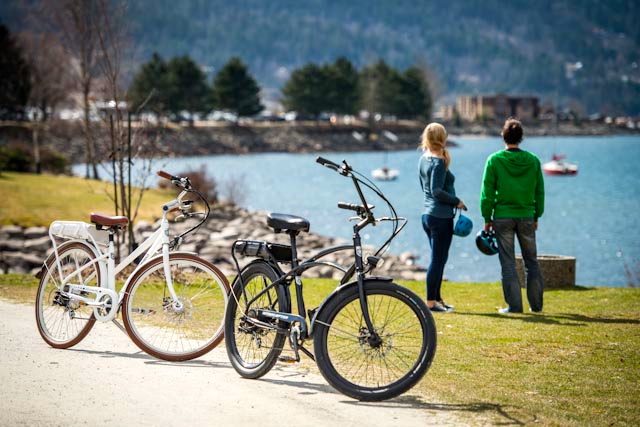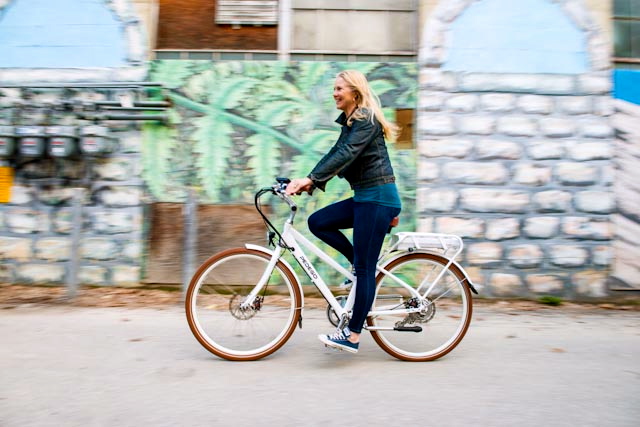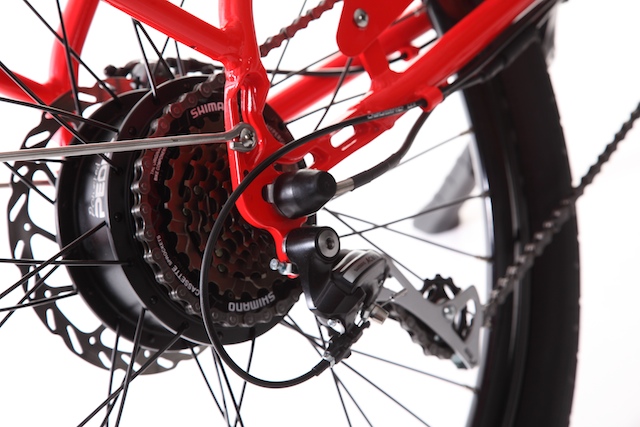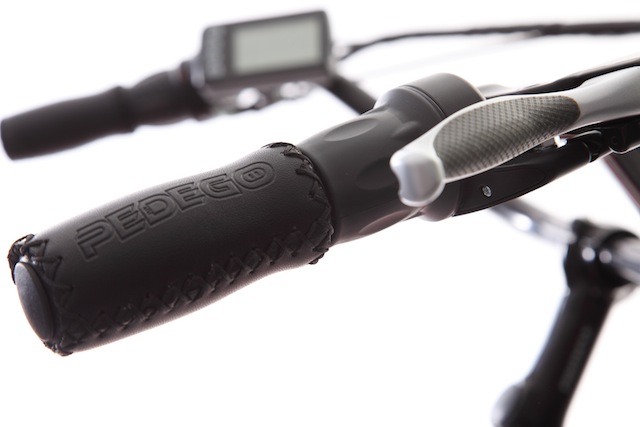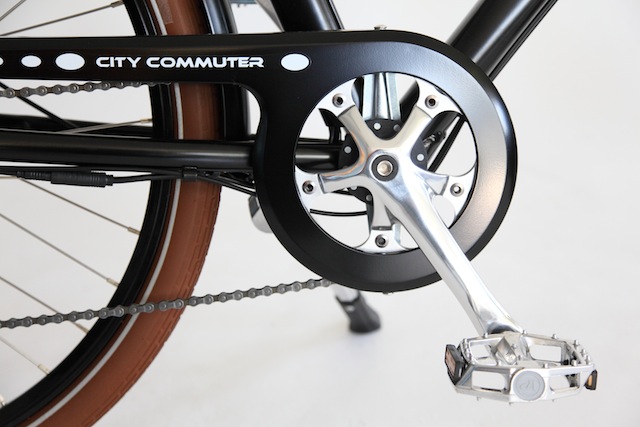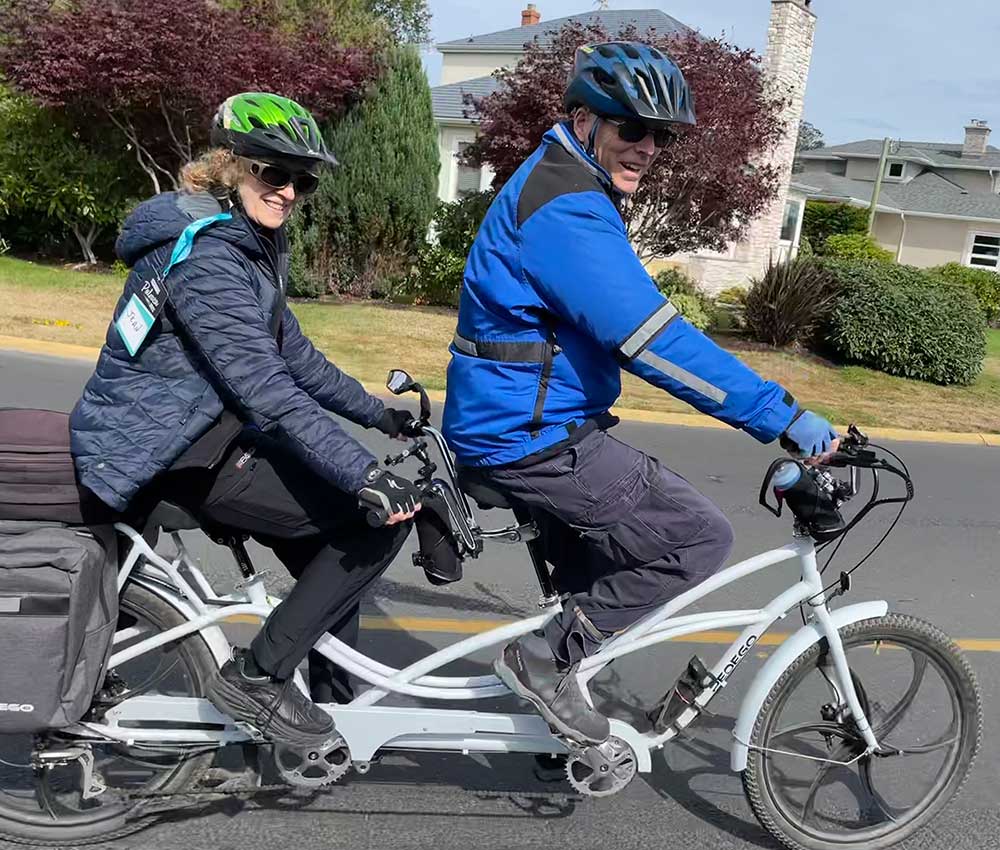8 Things You Must Know Before Buying An Electric Bicycle
Trying to find the perfect electric bike can seem a little daunting. There are so many options, specifications, and performance ‘claims’ to consider. Probably the best recommendation we can make is to try as many different electric bikes as you can. Test rides are so much more valuable than discussing potentially confusing specifications, and a great way to help understand what you prefer. However, this article will briefly outline the eight key aspects of electric bikes and what to look for.
#1. Support and Warranties
An electric bike is a big investment and we think buying one from a reputable local bike store is a very wise move. You will then have access to any help, advice or after sales service you may need.
In a similar manner, we think it is a good idea to buy an established brand. Not only is the quality likely to be much more consistent, they are also much more likely to be able to provide replacement parts years down the track. We get almost daily queries from customers with ‘Brand X’ electric bike looking for a replacement battery, controller, etc. after the brand has disappeared. A lot of brands have appeared and then disappeared after the first container or two is sold and the money has been made. As with most things, you usually get what you pay for!
Also, make sure you ask what the warranty is like for the bike you’re interested in. Be aware that they can vary for different parts of the bike. The length of the warranty is usually a pretty good indication of the quality of the bike and the company standing behind it.
#2. Batteries
The battery is typically more than a third the value of an electric bike, so it’s obviously a key component to consider. The most important factor is the quality of the cells in the battery and, as noted above, this is usually reflected in the warranty offered by the manufacturer. Obviously you will have more confidence in a battery with a two-year warranty than one with six months. (Pedego now offers a five-year prorated warranty on our batteries!)
Pretty much every good quality electric bike now uses a lithium-based battery. Battery manufacturers will often quote a number of expected full recharge cycles for a battery, with numbers between 500 and 1,500 common, depending on the chemistry. However, the biggest factor affecting the life of a battery is how well it is looked after by the owner. Check out our article on How to Prolong the Life of Your Battery as that will give you some helpful tips. In short, though, you should expect a battery to last up to 5 years if it is well maintained. It is worth noting that a lithium battery will slowly lose its capacity over time, even if it’s not used.
Other factors to consider about batteries are cost, performance and, as mentioned above, maintenance. Check out our article, “Everything You Need To Know About Your Electric Bike Battery” for more info.
#3. Comfort
If you don’t feel comfortable on your bike, it is much less likely to be used! Two aspects to consider are: how upright the riding style is; and classic versus step-thru frames. The more traditional road bike or mountain bike has the rider leaning forward quite a bit. A lot of people will find an upright riding style more comfortable, as is found in cruiser bikes and a number of ‘commuter’ bikes. The only way to find out what suits your riding style is to try the bike. Small changes in bike geometry can make a big difference to the feel of a bike.
If mobility is an issue, or you just like the style, a step-thru frame is definitely worth considering. These are so much easier to mount and dismount than the classic straight-bar frame.
#4. Motors
There are so many variables with motors that it isn’t really practical to go into any great detail in this article. At the end of the day, the only way to check the performance and ‘feel’ of a motor is to ride the bike. If possible, try and do a test ride to reflect the type of riding you are likely to do on a daily basis. If you live in an area with steep hills, go and find a steep hill to test the bike on. If you live in a flat area, it doesn’t matter so much about torque for getting you up the hills. Overall quality and reliability are probably the most important factors for a motor, rather than the motor style. Again, ask about the warranties and do some research online about the brand.
The power of a motor is quoted in Watts (W). In general, the higher the ‘W’, the more powerful the bike will feel, but the less range you will get for a given battery capacity i.e. big motors use more juice. However, as discussed below, the style of the motor can affect the actual power output for a motor. In other words, not all 350W motors are created equal! Also, there is a difference between peak power and the rated power, for example, a motor rated at 350W can have a peak power of almost double that. Most manufacturers quote the rated power.
There are two main styles of motors used on electric bikes: the mid-drive (usually mounted around the front chain rings); and hub motors (either front or rear) such as what you’ll find on a Pedego Electric Bike. The mid-drive motors typically apply force to the chain rings or chain. Hub motors apply force to the front or rear axle. Hub motors can be ‘direct-drive’ (where the motor rotates at the same speed as the axle) or ‘geared’ (where internal planetary gears allow the motor to spin at a different speed to the axle). Hub motors can also be brushed or brushless. Most hub motors have an internal free-wheel so the motor doesn’t cause drag on the wheel when it is at rest. Confused yet?
We go into great detail in our article, “Hub Motors versus Mid-Drive Motors” but some comments and considerations about motors are as follows:
- Mid-drive motors usually have more torque for a given sized motor (i.e. they get you up the hill better);
- A geared hub motor will typically have more torque and range than the equivalent sized direct drive hub motor e.g. a 350W geared motor can have more torque than a 500W direct drive motor;
- A direct drive motor is often quieter than a geared hub motor or a mid-drive motor;
- The simpler a motor is, the less there is to go wrong with it;
- Direct drive motors will often have a bigger diameter and be heavier than geared hub motors;
- Front vs. rear hub motor position is really down to personal preference, and what you get used to.
- A bigger motor will typically have more power but have a lower range
- A non-freewheel motor will create a slight drag when the motor is not engaged.
 #5. Range
#5. Range
Range is probably the most common question we get asked about the bikes. How far will it go on a single battery charge? The answer is always: it depends! There are so many factors that affect the range of a given bike such as: how often you stop and start (a big one!); hills; rider weight; tire pressure; temperature; wind; and how hard you are pedalling. The bottom line is, be wary of range values quoted by manufacturers. Or at least find out the exact details of the ride that the range relates to. We know from testing our bikes that the range on the same bike can vary from about 30km to over 100km depending on the riding conditions.
The most important specifications relating to range are battery capacity, motor size and motor type. As a (very!) rough guide we have listed below some riding distances you could expect under ‘normal’ riding conditions i.e. some gentle up and down, a moderate amount of stopping and starting, and a reasonable level of rider input for pedalling:
- 36V 10.5Ah battery – 26-51 km
- 36V 17.5Ah battery – 41-85 km
- 48V 10.4Ah battery – 34-68 km
- 48V 14Ah battery – 45-90 km
- 52V 10.5Ah battery – 37-74 km
- 52V 17.5Ah battery – 61-122 km
These distances can obviously vary greatly depending on conditions, but they might be useful as a rough ‘rule of thumb’ to compare against manufacturer claims.
The next question to ask is ‘how far do I need to ride on a regular basis?’ Be honest, how many people ride 40+km on a regular basis? Remember, you will always be able to pedal the bike home as well!
#5. Pedal Assist versus Throttle
There are two main styles of motor engagement: pedal assist; and throttle. With pedal assist, the motor engages only when the pedals are rotated, whereas the throttle typically engages the motor independent of whether you are pedalling. Some bikes have both pedal assist and an independent throttle. Which is best for you really comes down to personal preference. However, we feel there is not necessarily as much difference between the systems as people typically think (i.e. once you get used to any of the systems, it becomes second nature and you just ride around without thinking). Also, as with anything, if you are used to one style then swapping to another can feel a bit strange or awkward.
A typical pedal assist system uses some form of sensor to determine pedalling is happening. A torque sensor determines how hard you are pushing and gives a corresponding amount of power from the motor. When these are done well, they usually give a more subtle assist effect than the ‘cadence’ option. Be aware that a badly done torque sensor system can feel very ‘spongy’ and not very nice to ride. With a cadence system, the sensor detects how fast the pedals are rotating and applies motor force accordingly. Often, with the cadence systems you will get a bit more of a noticeable ‘whoosh’ as the motor engages (fun!).
With both torque and cadence sensor pedal assist systems you will normally be able to select different levels of pedal assist to give you more or less power. Having a good number of different levels is useful to adapt to different riding conditions.
If you want or need to ride the bike without pedalling, you should ensure your bike has a throttle-only option. It is worth noting, that with a cadence sensor pedal assist bike, although you have to rotate the pedals to engage the motor, you don’t have to be pushing very hard at all.
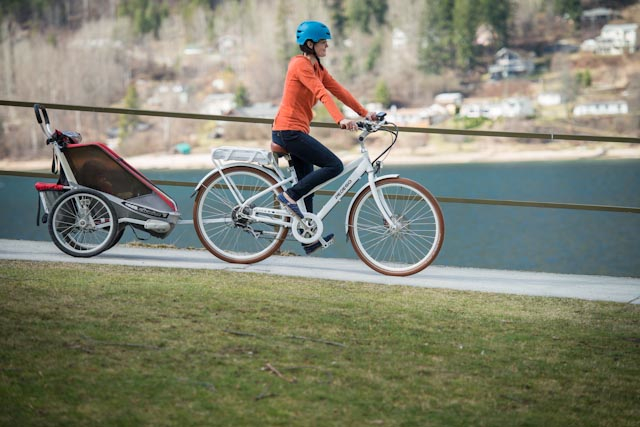 #6. Safety
#6. Safety
If you are buying an established brand of electric bike, chances are it will have been tested to conform to the safety standards in your country. If not, be aware. A good indicator could be whether the bike components are established brand names (e.g. Shimano, Avid, Sram, etc.) or unknown brands. If in doubt, ask the retailer whether the bike has safety certification. (And don’t forget to always wear a helmet when riding your electric bike.)
#7. Weight
There are not many truly light electric bikes around, and those that are usually sacrifice power and range. This will probably change as battery technology improves. Full-sized electric bikes currently normally weigh in the order of 50 to 60 pounds (about 22-25 kg) , with the weight of the battery and motor included. If weight is a concern, you might want to consider a smaller style of electric bike such as folding bike.
#8. Standard Bike Components
The quality of the standard bike components such as brakes, gear shifters, rims, etc. is also obviously important. Your store should be able to advise you on the level of componentry on the bike. However, a good way to check is to look for non-electric bikes with similar componentry and see the price of those bikes. Also, be aware that for the urban type of riding that is associated with most electric bikes you don’t really need top-end components (i.e. you’re not doing a triathlon or mountain bike riding). Lower or mid-level components will usually suffice, if they are from an established brand.
We hope you found this article useful in finding your perfect electric ride. In summary, the key points are:
- If possible, buy from a reputable local store who know their bikes.
- Buy a recognised and established brand.
- Test ride as many electric bikes as you can.
- Honestly assess the type of riding you will be doing day to day (i.e. what’s important to you?)
- Determine which specifications and style suit and the buy your bike!
If after considering all these factors you think a Pedego Canada electric bike might be a good fit for you, then please drop us a line by calling 1-888-777-2066 or email info@pedegocanada.ca.

